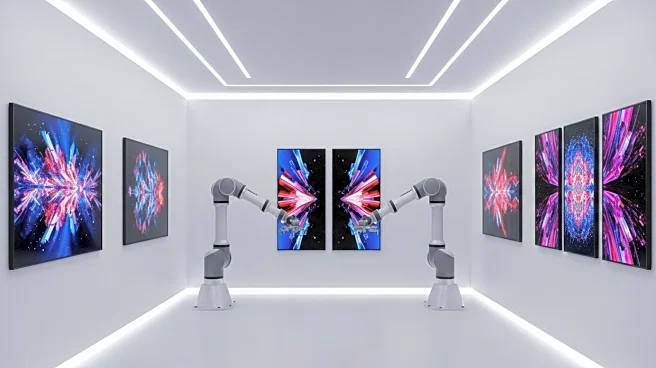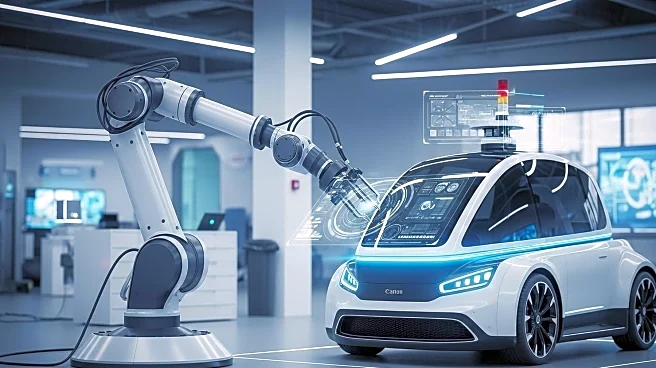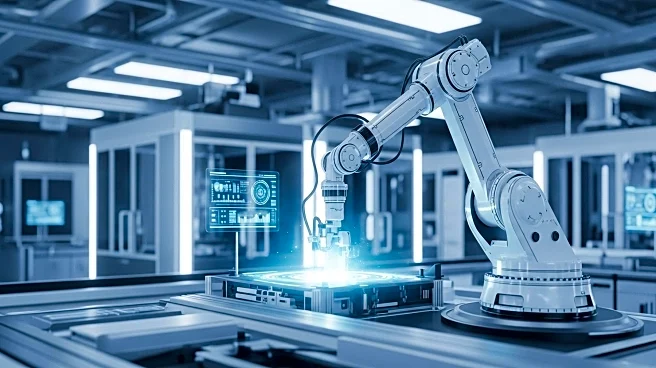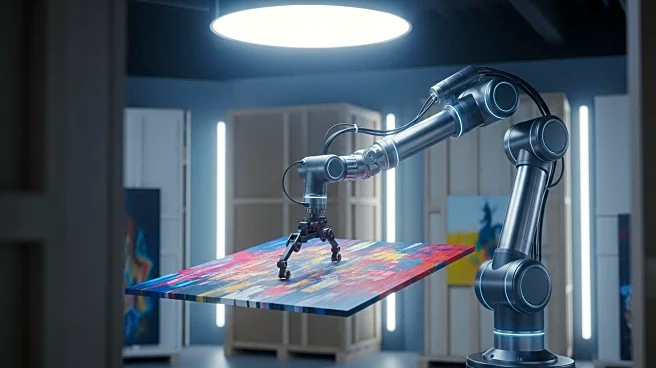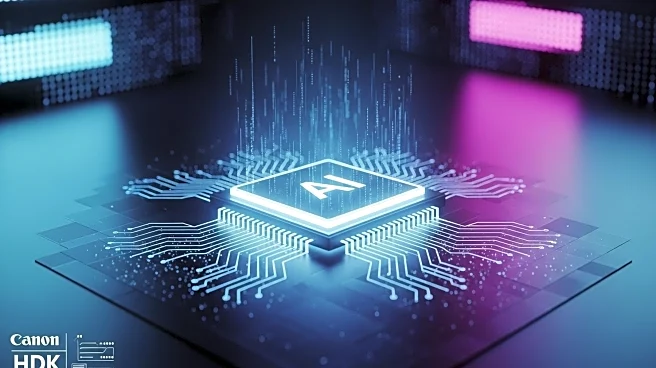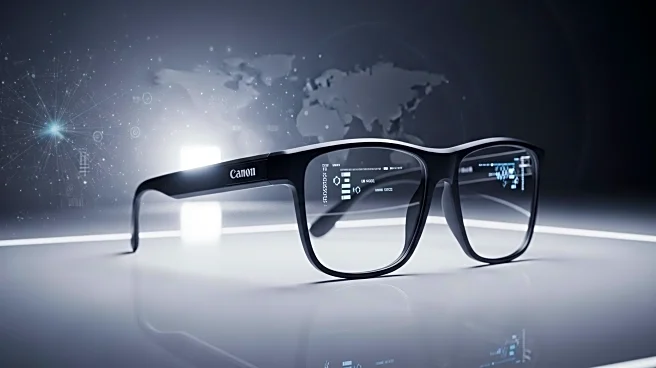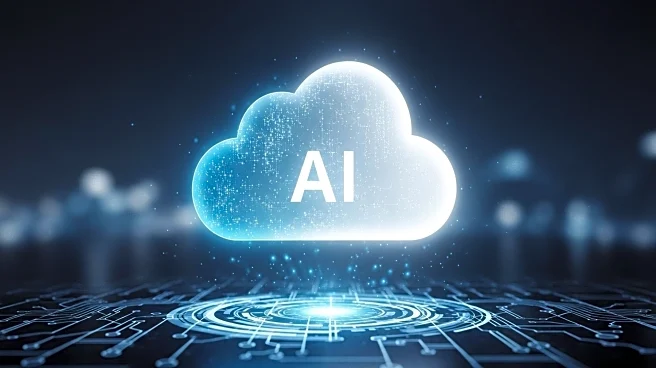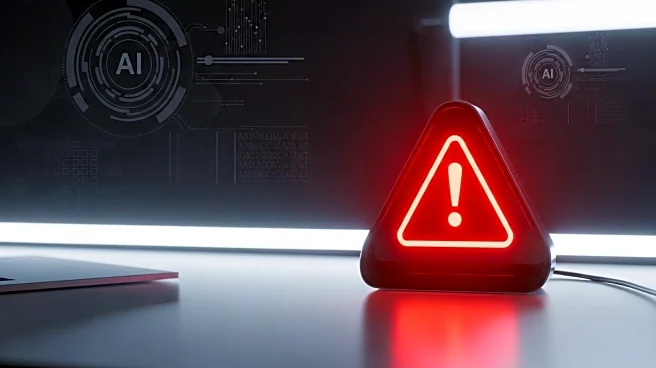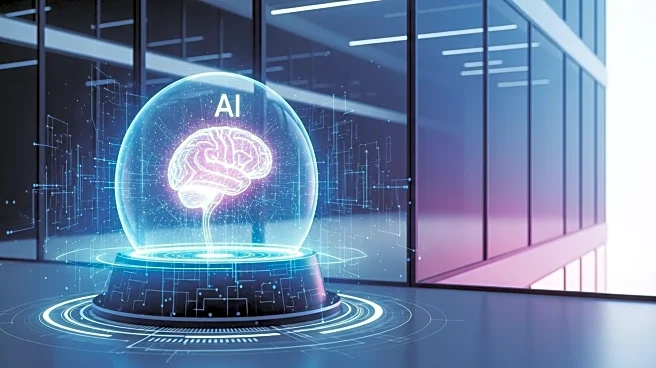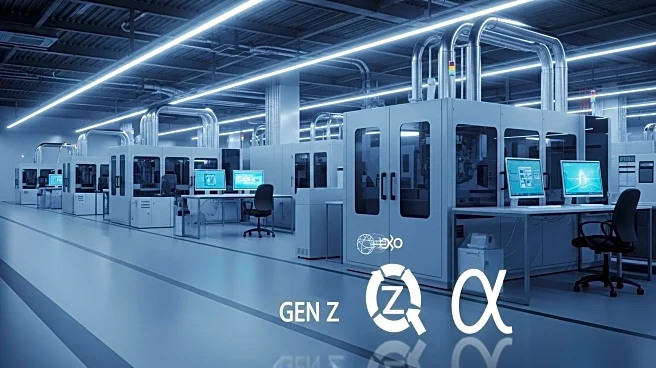What's Happening?
The art market is experiencing a transformative shift with the integration of artificial intelligence (AI), not in the creation of new aesthetics, but in enhancing logistical and administrative operations. AI is being utilized to streamline processes such as insurance automation, provenance checks, and shipping optimization, potentially unlocking billions in liquidity for the art market. Despite initial skepticism, AI's ability to improve efficiency and reduce transaction friction is seen as a significant opportunity for growth. The art market, traditionally slow to adopt digital innovations, is beginning to recognize the potential of AI to modernize its operations and increase market turnover.
Why It's Important?
The integration of AI into the art market could lead to increased transparency, efficiency, and accessibility, attracting a new generation of digital-savvy buyers. By automating and optimizing back-office functions, AI can reduce costs and enhance profitability for galleries, auction houses, and other stakeholders. This shift could democratize access to art, making it more appealing to younger buyers accustomed to seamless e-commerce experiences. The potential increase in market turnover from AI-driven efficiencies could significantly boost economic activity within the art sector, benefiting artists, dealers, and service providers.
Beyond the Headlines
AI's impact on the art market extends beyond logistical improvements, offering a chance to address longstanding issues of opacity and exclusivity. By providing reliable, standardized data, AI can enhance trust and transparency, crucial elements for market growth. The art world, known for its mystique, may find that embracing AI-driven clarity and efficiency enhances rather than diminishes its cultural allure. As the market evolves, established players must adapt to these changes, leveraging AI to maintain their prestige while embracing innovation.
